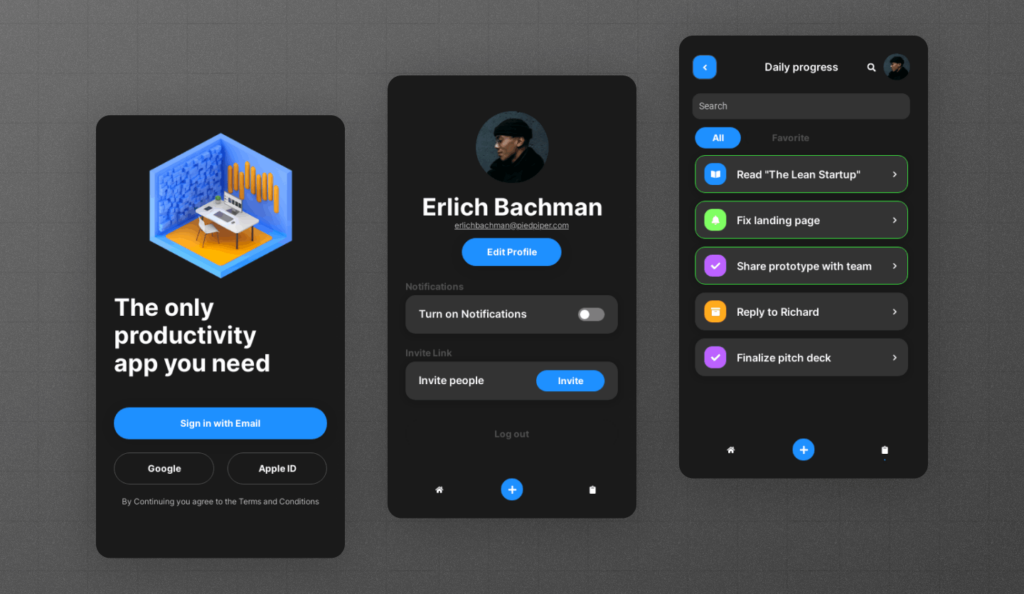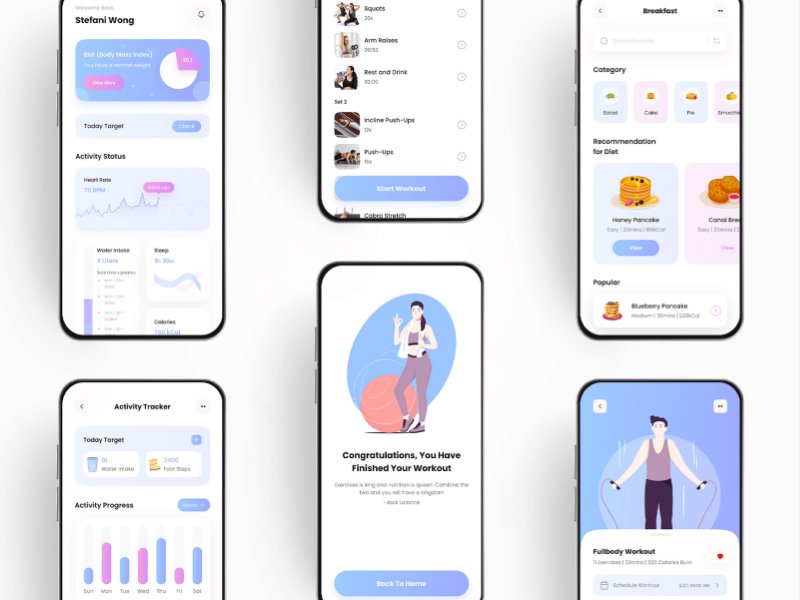
Native app development utilizes platform-specific languages and APIs, ensuring high performance and faster execution on respective devices.
Leveraging device-specific functionalities and UI components results in a native look and feel, providing users with an intuitive and familiar experience.
Utilizing platform-specific security features and protocols ensures robust protection of user data and app integrity for fast and secured native App across platform.
Native apps can function offline and access device features, enhancing user experience and enabling certain functionalities without an internet connection which boost user experience.
The initial step involves comprehensive planning and detailed requirement analysis. This phase entails understanding the client’s objectives, target audience, and desired functionalities for the app. It involves in-depth discussions to define the scope, features, and technical specifications needed. Identifying the platform-specific requirements, such as iOS or Android, is crucial at this stage. The outcome is a well-defined project roadmap, outlining milestones, timelines, and resource allocation for the development process.
Once the planning phase is completed, the design and prototyping stage commences. Expert UI/UX designers work on creating the visual elements and user interface layout. Designers ensure that the app design adheres to the specific platform’s guidelines (iOS Human Interface Guidelines or Android Material Design). Prototyping plays a pivotal role, allowing for a preliminary interactive version of the app. This phase involves continuous iterations based on user feedback and usability tests, ensuring the design aligns perfectly with user expectations and provides an intuitive user experience.
Following the design approval, the development phase begins. Skilled developers write the app’s code using platform-specific languages such as Swift or Objective-C for iOS, and Java or Kotlin for Android. This phase also involves integrating backend services, APIs, and databases. Simultaneously, rigorous testing is conducted, encompassing functional, usability, performance, and device-specific tests. Thorough testing ensures that the app functions seamlessly across various devices, meeting high-quality standards and user expectations.
Post-development, the app undergoes final testing and optimization. Upon approval, the app is ready for deployment to the respective app stores, such as the Apple App Store or Google Play Store. Publishing involves preparing necessary assets like app descriptions, screenshots, and promotional materials. Post-launch, continuous maintenance, updates, and support are essential to address user feedback, fix bugs, and incorporate new features. Regular monitoring and performance optimization ensure the app remains relevant, secure, and functional amidst evolving OS updates and technological advancements.
Native app development excels in delivering exceptional performance due to its utilization of platform-specific languages and APIs. By leveraging languages like Swift for iOS or Kotlin for Android, these apps are finely optimized to run seamlessly on their respective devices. This ensures faster load times, smoother animations, and overall superior performance compared to hybrid or web-based apps. The native framework allows apps to take full advantage of device capabilities, resulting in a highly responsive and fluid user experience.


Native apps are designed with a platform-specific approach, adhering to the guidelines set by iOS or Android. This design strategy ensures an intuitive interface that aligns closely with the device’s native look and feel. Users encounter a familiar layout and navigation style, enhancing usability and reducing learning curves. The apps seamlessly integrate with the device’s ecosystem, providing users with a consistent and immersive experience, ultimately leading to higher engagement and user satisfaction.
Native apps have unparalleled access to device-specific features like GPS, camera, accelerometer, and more. This access allows developers to create functionalities that leverage these hardware components effectively. As a result, these apps can offer advanced functionalities and innovative features, such as augmented reality (AR), advanced camera functions, and location-based services. Utilizing these features enhances the app’s capabilities, providing users with richer and more dynamic experiences.


Native app development offers robust security features and measures, ensuring greater protection of sensitive data. By utilizing platform-specific security protocols and adhering to strict app store guidelines, native apps maintain a higher level of security compared to other development approaches. Moreover, native apps undergo stringent review processes before being published on app stores, ensuring greater reliability and trustworthiness. Users are more likely to trust and engage with apps that have undergone these security checks, contributing to higher user retention rates and brand credibility.